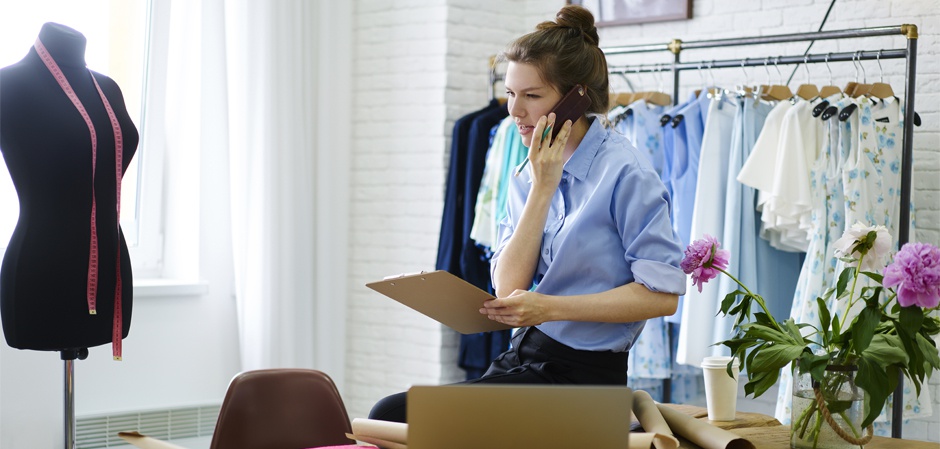Fashion verdict: pay, or you'll lose
part 1 part 2 part 3 part 4part 5
LET'S DRAW – LET'S LIVE
In 5–10 years, the main consumer trends will be formed by representatives of generation Z, whose main distinguishing features are high involvement in the online space and social networks and less attachment to brands while focusing on emotional perception, JLL reported. It is these buyers who take for granted virtual fitting rooms, 3D printing and augmented reality glasses. "The search for new solutions has really become a matter of business survival, including in the retail sector," said Chris Collier, Vice President of Dassault Systèmes, Consumer goods and retail department. – We are engaged in the development of industry solutions and software applications for 3D design, design, modeling, 3D CAD, data and process management, as well as product configuration. Starting 30 years ago with such traditional industries as the automotive industry and aviation, over time the company has evaluated the effectiveness of these technologies and expanded its applications to 12 industries, including consumer goods and retail.

According to Mr. Collier, the decision to transfer all the organization's processes to a 3D digital environment is also an investment, but it certainly pays off over time. Among the clients of Dassault Systèmes – Guess, Gap, Fossil, Gucci Group, United Colors of Benetton, Asics, Adidas and many others. The company is convinced that it is 3D technologies in retail that make it possible to optimize a huge number of processes. This includes, for example, cost and cost reduction, pre-validation and testing of products in a virtual environment, designing store spaces and virtual fitting rooms, 3D merchandising, personalization of goods by the buyer in real time, and much more. The key advantage of this approach is that the company has at its disposal a single business board for the joint work of designers, managers and all participants in the logistics chain, which allows instant information exchange, which makes the entire product lifecycle transparent and traceable. "For example, the My Collection solution reduces the time to market by 30 to 70%, and direct savings in production costs are 5 to 7%," Chris Collier clarified.
However, Russian retailers still remain very cautious in investing in know-how, especially in the current conditions against the background of a constant decline in consumer spending, Alexander Ustinov lamented. "But right now there are several technological areas for investment that will definitely bring an effect in the future: face-tracking technologies, virtual storefronts, self-service stores," the expert listed. The staff must solve the tasks of a product expert and a specialist in dealing with objections. With the amount of information about products that is available on the Internet, the seller should try both to convince the consumer and not to push him away from buying – to provide some unique information, increasing the customer's loyalty to the brand. Of course, service is a must and any retailers who save or do not work systematically with their staff are still doomed to failure. We need active work, the use of both offline and online tools. It is absolutely impossible now to work on the principle of a warehouse and think that buyers will come, look and buy themselves. Now there is ultra-high competition in almost all segments. Passive sales are a thing of the past."

DON'T LEAVE THE ROOM
It is significant that PwC analysts already consider investments in showrooms, rather than in classic stores, to be more successful today. And although most of the interlocutors are cautious about such forecasts, for some product groups, in particular electronics and the premium fashion segment, showrooms can really make a real alternative to classic stores, as Oksana Kopylova from JLL noted. "We think combined formats are more promising," said Kira and Ruben Kanayan. – Here are three examples from the shoe trade: a network of discounters «Paws» – a traditional store with almost no sellers, but with samples and stock of goods; the so-called shoe kiosk from the future – without sellers, but with a large margin; custom-made shoes using 3D printers – without stock». At the same time, it is retailers who should implement digital tools more than other players, Patrick Sjoberg is convinced. "For example, a mall can provide a pick-up service (pick-up point)," explained Mr. Sjoberg. – In general, the main task for all of us now is to provide the best shopping experience, to form the image of the only place where you want to go shopping. Places where at the entrance you are not immediately attacked by advertising messages, where there are no long queues, pleasant music is playing, there is a good selection of shops, a cozy and clean food court.
< span style="font-size: 12px;">Author:Ekaterina Reutskaya
Photo: shutterstock.com











